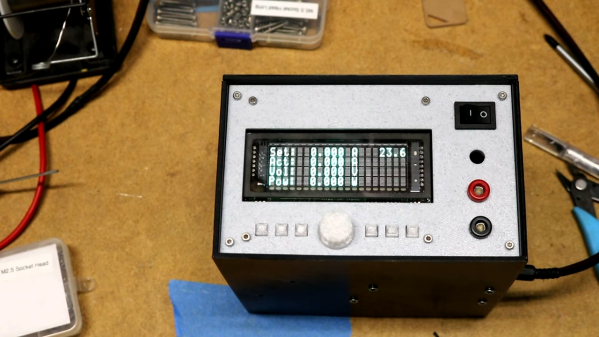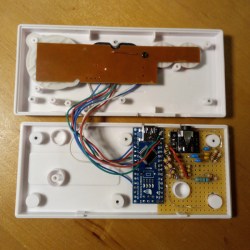Hackaday editors Elliot Williams and Mike Szczys gab on great hacks of the past week. Did you hear that there’s a new rev of the Pi 4 out there? We just heard… but apparently it’s release into the wild was months ago. Fans of the ESP8266 are going to love this tool that flashes and configures the board, especially for Sonoff devices. Bitluni’s Supercon talk was published this week and it’s a great roadmap of all the things you should try to do with an ESP32. Plus we take on the Sonos IoT speaker debacle and the wacky suspension system James Bruton’s been building into his humanoid robot.
Take a look at the links below if you want to follow along, and as always tell us what you think about this episode in the comments!
Take a look at the links below if you want to follow along, and as always, tell us what you think about this episode in the comments!
Direct download (60 MB or so.)

















